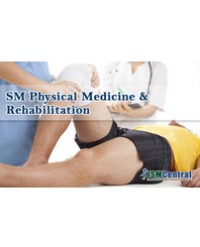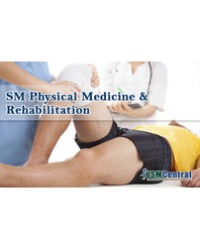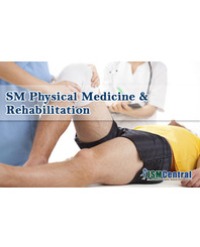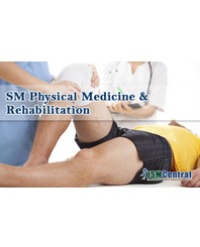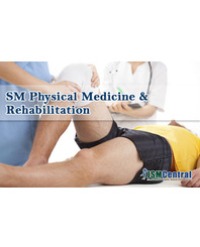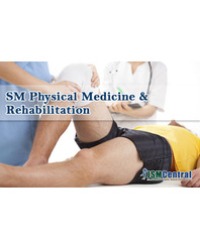
Preliminary Recommendations for a Literature-Based Physiotherapeutic Concept for Children and Adolescents with Chemotherapy-Induced Peripheral Neuropathy
Introduction: Chemotherapy-Induced Peripheral Neuropathy (CIPN) is one of the most concerning side-effect of chemotherapeutic agents and is known to cause loss of sensation, muscle weakness, deficits in balance, neuropathic pain as well as autonomic symptoms. It can lead to a reduced participation in activities of everyday life and a decreased quality of life. Physical therapy offers one possibility to approach these problems. The overall purpose of this paper was the development of a literature-based physiotherapeutic strategy for the treatment of CIPN in children and adolescents.
Methods: For concept construction a literature search in the medical databases MEDLINE, the Cochrane library, PEDro, CINAHL and Embasewas performed. Results have been reviewed and assessed according to their applicability to pediatric CIPN patients.
Results: Most studies found in the literature were conducted with adults or childhood cancer patients with no specifically diagnosed CIPN. No study could be found explicitly examining physical therapy options for CIPN in children and adolescents. The concept consists of twelve age- and severity-adapted therapy settings and is designed for children and adolescents between the ages of 2-17 years.
Conclusion: The proposed physiotherapeutic strategies are the first step towards an evidence-based approach in the treatment of CIPN symptoms in children and adolescents. According to literature, sensorimotor training seems to have the highest potential to improve CIPN symptoms. Further, some studies support evidence for foot bathing, exercises for strengthening and stretching as well as vibration therapy.
Schlenke J¹*, Jung MW², Goebel AM³ and Hernaiz Driever P³

